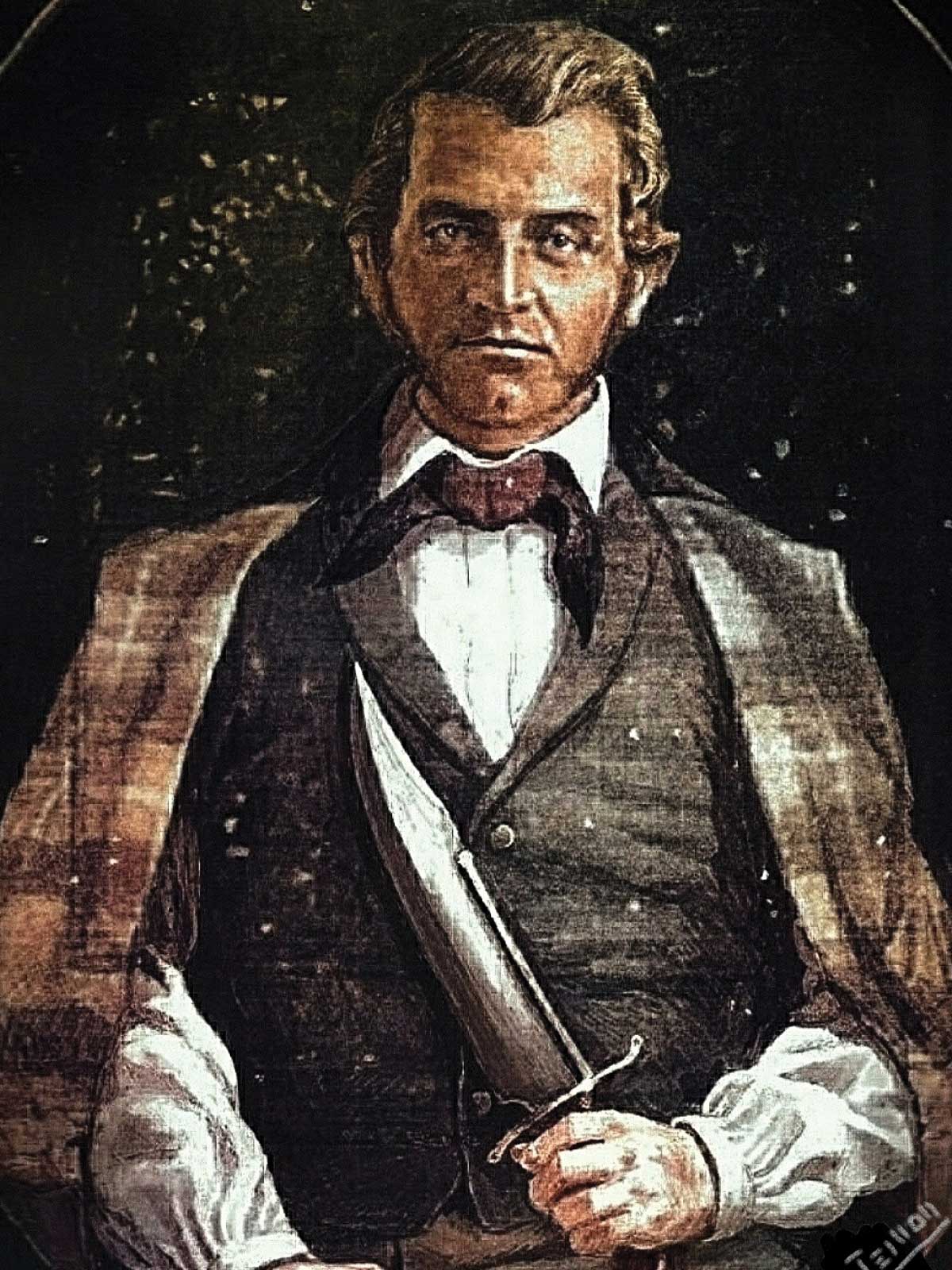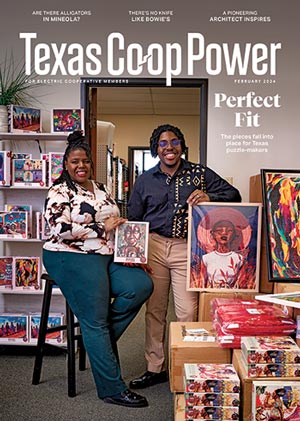A relatively new phenomenon in modern society is the rise of social media influencers, personalities skilled at persuading followers to pay attention or even buy things. But how many of today’s influencers will still be known in 200 years?
How many can compare to the lasting magic of Jim Bowie?
Many assume Bowie became famous defending the Alamo in 1836. In truth, he was already quite famous 10 years before—as a knife fighter and designer, frontiersman, and all-round world-class badass. He was truly a “man’s man” by any standard.
His world-renowned Bowie knife was probably first made at the direction of his brother, Rezin Bowie. But later versions with Jim’s modifications became the enduring design.
Listen as W.F. Strong Narrates This Story
Visit Texas Standard for more W.F. Strong stories (most of which are true).
Jim Bowie used the earlier knife in a bloody skirmish called the Sandbar Fight, when Jim was nearly killed by two assailants who shot him on a Mississippi River sandbar in 1827. One man stabbed Bowie with a cane sword, but the sword bent when it hit Bowie’s sternum, giving him a moment to spring upon his attacker with his huge knife, killing him. Bowie then badly wounded the second assailant.
You see, in those days, you wanted to take a knife to a gun fight because guns were notoriously unreliable. Bowie miraculously survived, and the account of the Sandbar Fight went global, thanks to a journalist who witnessed it. Bowie and his blade were thus immortalized.
What made the knife stand out was its size. The original was almost a foot long, but the subsequent model was even longer—and razor sharp. About one-third of the top of the knife, the clip point, was honed to a fine edge—so it cut both ways.
Its lethality became legendary. The Red River Herald of Natchitoches, Louisiana, wrote that after the Sandbar Fight, “all the steel in the country, it seemed, was being converted into Bowie knives.” That’s influence!
When Bowie arrived at the Alamo nine years later, with his notoriety on the rise and his famous knife at his side, even Davy Crockett was impressed. He said the sight of a Bowie knife “makes you queasy … especially before breakfast.”
Bowie’s last stand at the Alamo elevated his fame. It was widely claimed, at least what I heard as a kid, that he took out 10 Mexican soldiers with his knife in close-quarters combat. This is improbable given that Bowie was critically ill from typhoid fever, but a good legend will kill probability any day of the week.
I do like what Bowie’s mama said when she learned of his death: “I’ll wager no wounds were found in his back.”
Soon after, various versions of the Bowie knife began to be made by blacksmiths. Texas Rangers carried them. The Marines had their own version. In popular films, Rambo never left home without his and neither did Crocodile Dundee.
It’s as famous as the Swiss Army knife or Buck knife. Given the ubiquity of Bowie’s blade in the world today—nearly 188 years after his death—I’d say Bowie is a greater influencer than any social media star you can name.



